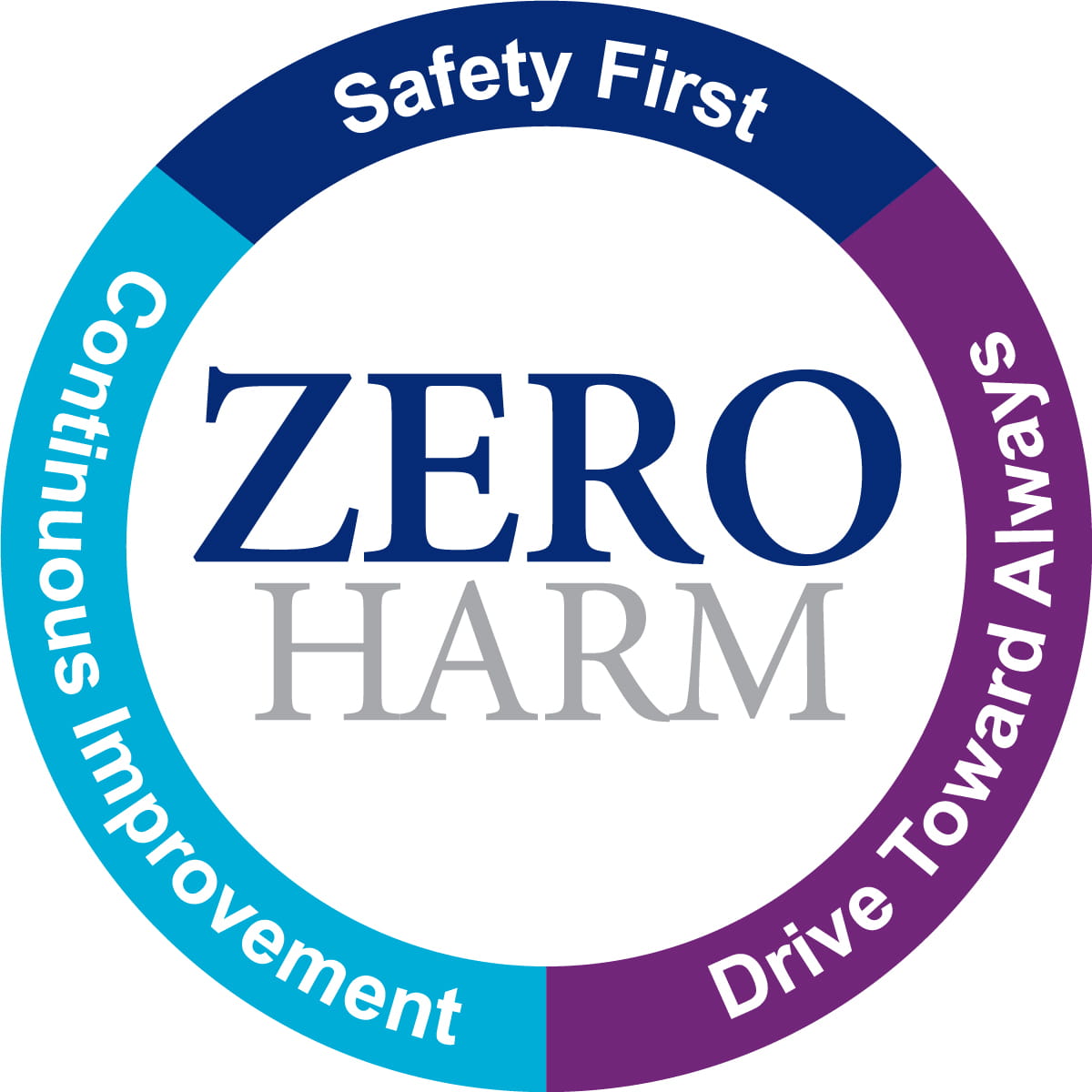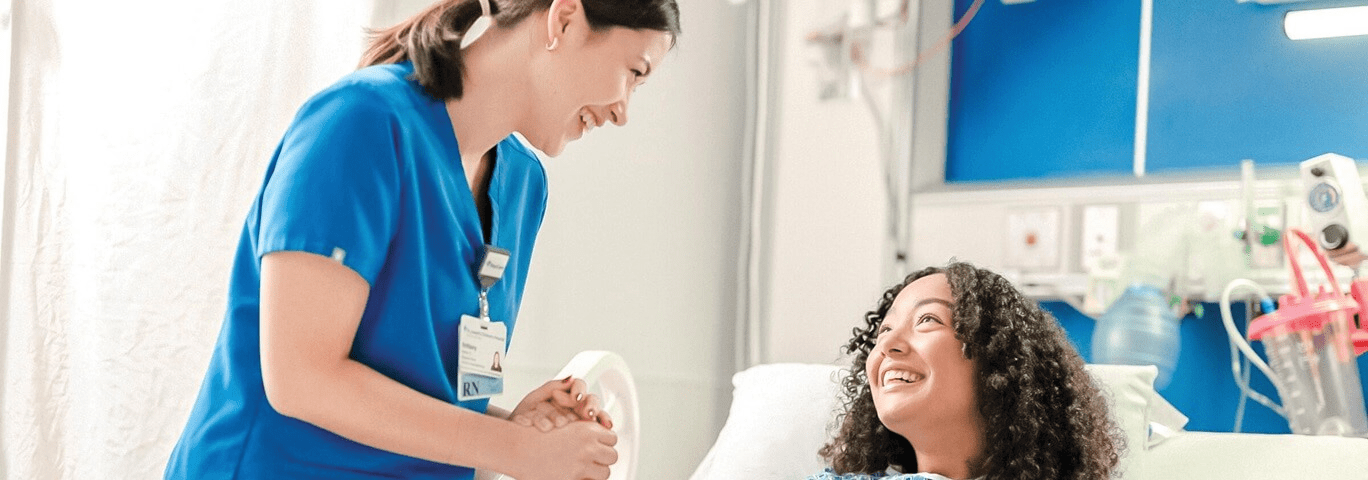Whether you're in a hospital, an outpatient center, a BayCare Medical Group office or part of a telehealth visit, BayCare's commitment to safety never changes. Just as the Hippocratic Oath and its adage to “do no harm” has guided medical professionals for centuries, so too does BayCare understand that clinical excellence starts with patients' safety.
That's why BayCare has invested in multiple ways – from processes and procedures to technological advancements – to enhance patient safety. Collectively, these efforts are identified under our internal "Zero Harm" banner – a commitment and reminder to our team members, physicians and advanced practice providers to do everything in their power to avoid causing harm. Below you will find a few examples of those efforts.
But don't just take our word that BayCare puts patient safety first. BayCare is proud to consistently rank among the top health systems in the nation for patient safety by national quality programs, including those from the Center for Medicare and Medicaid Services and Leapfrog Hospital Safety Grades, as well as regulatory accreditations, such as The Joint Commission. These programs use similar metrics consisting of some or all of the following: Falls, pressure ulcers, complications, patient safety indicators, hospital-associated infections, readmissions and mortality.

"Patient safety is the foundation of care at BayCare – it is woven into our culture and the care we deliver every day. We are proud of our strong performance in the Leapfrog Safety Grades, which highlights the team’s commitment to delivering the safest, highest quality care to our patients and communities."
– Dr. Laura Arline, BayCare Chief Quality Officer
More about Zero Harm
Every day, BayCare renews its commitments to patient safety through its Zero Harm initiative that encourages team members, physicians and advanced practice providers to act under three main tenets:
1) Safety first
- Speaking up
- Being present
- Using critical-thinking skills
2) Driving toward always
- Adhering to safety absolutes
- Following policies and procedures
- Eliminating work-arounds and distractions
3) Continuous improvement
- Reporting safety concerns
- Evaluating safety issues
- Sharing our learning
Zero Harm in Action
For examples of how Zero Harm looks day to day, consider the following:
BayCare works to promote a culture of safety.
Not only for patients, but also for team members and physicians to feel safe speaking up on behalf of patients.
- Fair and Just Culture
- Culture of Safety Survey, which includes non-patient-facing departments, reinforcing that safety is embedded at all levels of the health system
- First Focus weekly safety meetings
- Unit-based and department-based Safety Coaches
Safety is woven into our processes.
- Daily Tiered Safety Huddle: These huddles support systemwide daily communication and safety awareness
- Safety Absolutes: Time-outs and Instrument Counts in our surgical/procedural areas
- No Pass Zones for alarms
- Rapid Response Teams responding to emergencies
- Fall Prevention strategies implemented across our enterprise
- Continuous Process Improvement: We constantly look for better ways to deliver safer care – because your safety is our top priority
- Condition-specific pathways and order sets support our providers with the most up-to-date evidence-based treatment protocols
- Monitoring our safety progress on our Zero Harm dashboard
- Excellent hand hygiene
- Consistently following isolation precautions
Safety is woven into our technology.
- Bar Code Patient Identification prior to providing care and Computer Physician Order Entry, where orders are entered directly into the computer by physicians
- Medication alerts at the time of ordering in the electronic medical record
- Our eICU, a second set of remote eyes helping to care for our ICU patients
- Telemedicine, providing patient care at the convenience of our patients and families
- Wearable medical devices and remote patient monitoring

